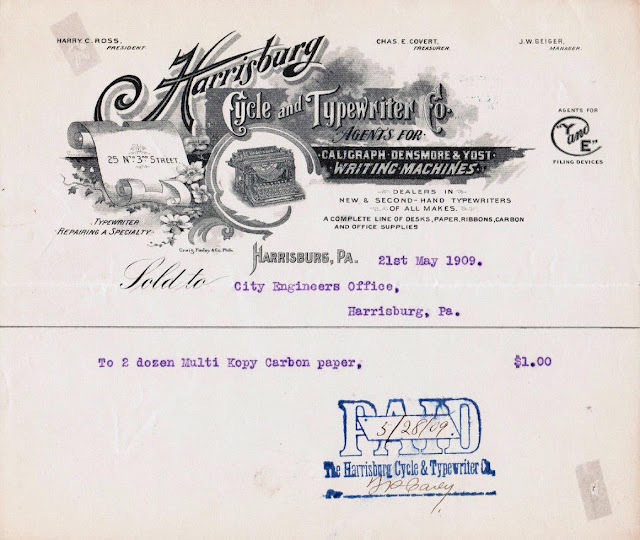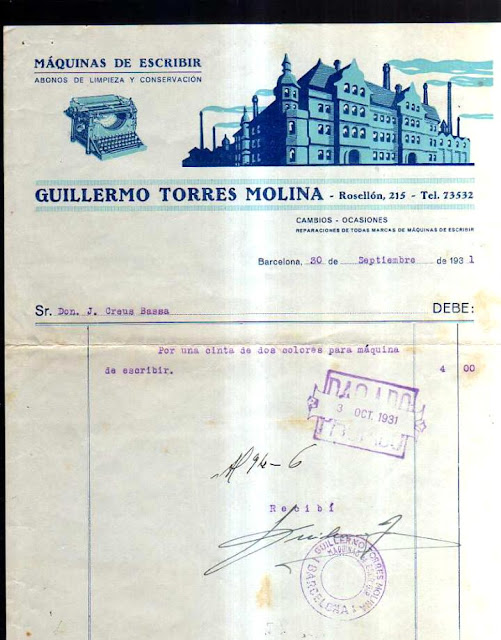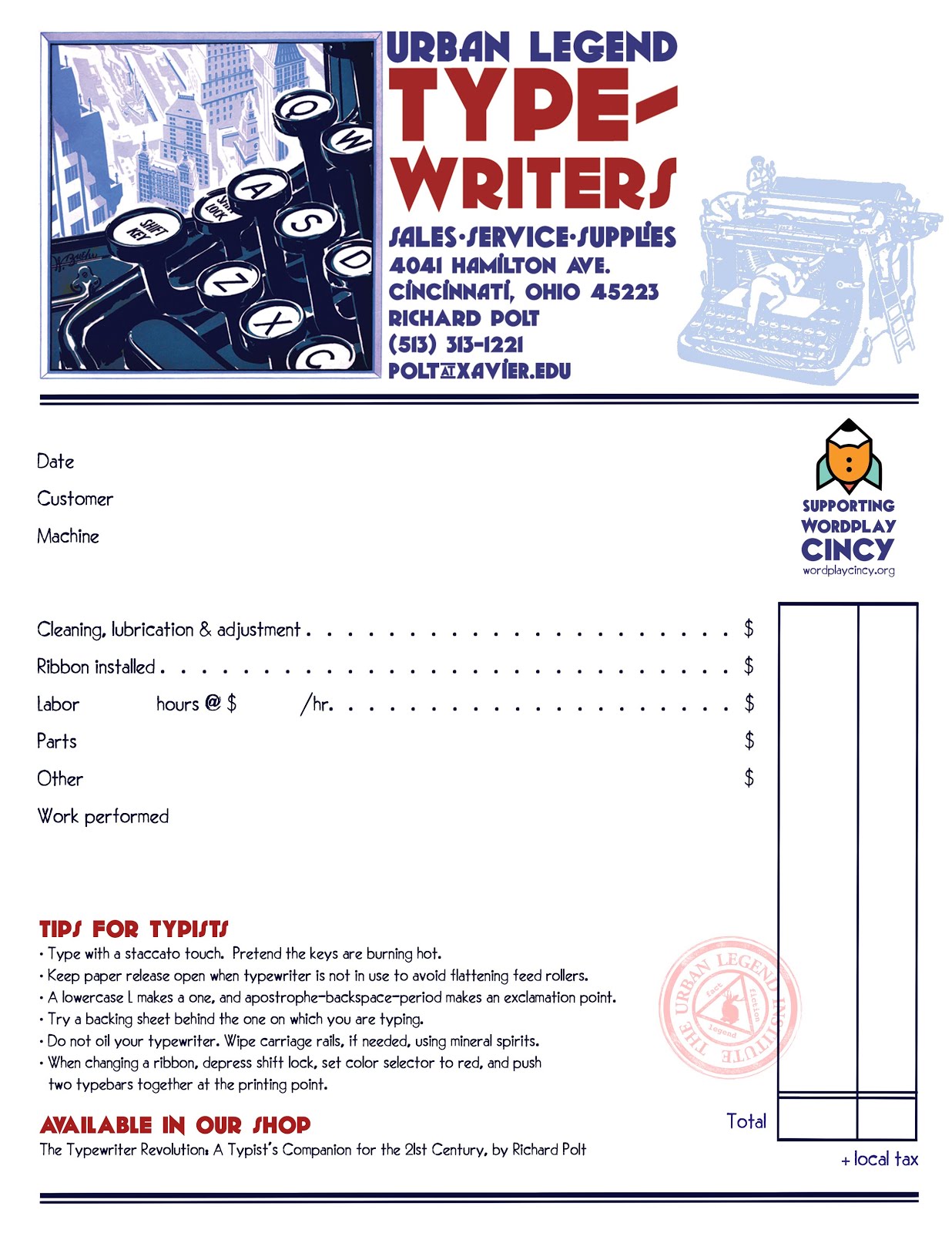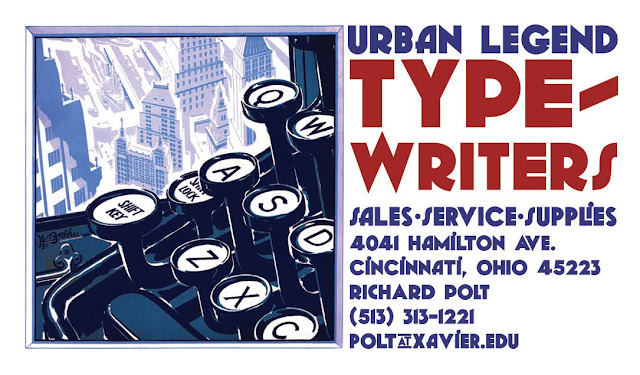I was given two vintage SF paperbacks for Christmas, which make for fun vacation reading and also have gotten me thinking again about paper itself—how we used to take it for granted as the universal carrier of information.
Here's a 1957 short story collection by the nearly-forgotten Dick Wilson:

In the cover story, a computer becomes sentient and makes contact with alien machines. It must decide whether to remain faithful to humanity or cast its lot with the extraterrestrials. Yet this super-powerful thinking machine still communicates with humans, as computers generally did in the '50s, by way of paper:

Yes, this supercomputer communicates data at a blazing 120 words per minute. Assuming 5 characters per word and 1 byte per character, that's a throughput of 10 bytes per second. In contrast, my current Internet connection is running at about 27 megabytes per second—well over two million times as fast as the computer in Wilson's tale. (And of course, neither my Mac nor the entire Internet is anywhere close to sentience.)
According to another story born of "Mr. Wilson's galloping imagination," by 2009 there will have been another American civil war that separates big cities from the backward but liberty-loving "Outside." The technology of 2009 will include audiobooks, test-tube babies, and a replacement for typewriters—but not for paper:

What about this 1978 novel by Jack Vance, part of his Alastor series that imagines a distant future in which humans have colonized thousands of planets? This is a much more elaborate fictional scenario, and it was written at a time when personal computers and word processors were getting underway. Surely it won't be so papercentric, will it?

The technology of Vance's universe includes interstellar travel, synthetic food, and massive moving sidewalks ("man-ways"). But the Connatic, the supreme ruler of trillions of people, still depends on paper cards:

Apparently, a mere 40 years ago it still didn't occur to some science fiction novelists that paper would become a second-class citizen to glass screens studded with millions of tiny pixels.
Note that the word "paper" does not actually appear in any of these passages. That's the way it is with things we take for granted: they're as invisible as the air we breathe.
I expect that our own speculative futures will look just as ridiculous 40 years from now. What developments are we failing to imagine?
Here's a 1957 short story collection by the nearly-forgotten Dick Wilson:
In the cover story, a computer becomes sentient and makes contact with alien machines. It must decide whether to remain faithful to humanity or cast its lot with the extraterrestrials. Yet this super-powerful thinking machine still communicates with humans, as computers generally did in the '50s, by way of paper:

Yes, this supercomputer communicates data at a blazing 120 words per minute. Assuming 5 characters per word and 1 byte per character, that's a throughput of 10 bytes per second. In contrast, my current Internet connection is running at about 27 megabytes per second—well over two million times as fast as the computer in Wilson's tale. (And of course, neither my Mac nor the entire Internet is anywhere close to sentience.)
According to another story born of "Mr. Wilson's galloping imagination," by 2009 there will have been another American civil war that separates big cities from the backward but liberty-loving "Outside." The technology of 2009 will include audiobooks, test-tube babies, and a replacement for typewriters—but not for paper:

What about this 1978 novel by Jack Vance, part of his Alastor series that imagines a distant future in which humans have colonized thousands of planets? This is a much more elaborate fictional scenario, and it was written at a time when personal computers and word processors were getting underway. Surely it won't be so papercentric, will it?
The technology of Vance's universe includes interstellar travel, synthetic food, and massive moving sidewalks ("man-ways"). But the Connatic, the supreme ruler of trillions of people, still depends on paper cards:
Apparently, a mere 40 years ago it still didn't occur to some science fiction novelists that paper would become a second-class citizen to glass screens studded with millions of tiny pixels.
Note that the word "paper" does not actually appear in any of these passages. That's the way it is with things we take for granted: they're as invisible as the air we breathe.
I expect that our own speculative futures will look just as ridiculous 40 years from now. What developments are we failing to imagine?
















































